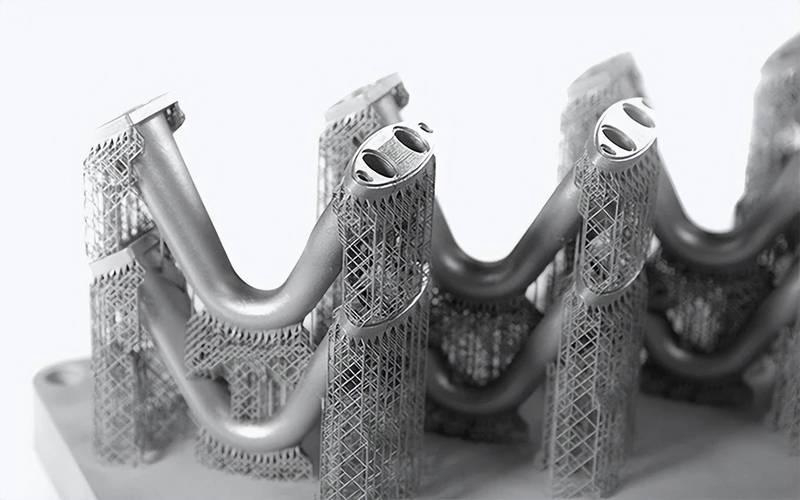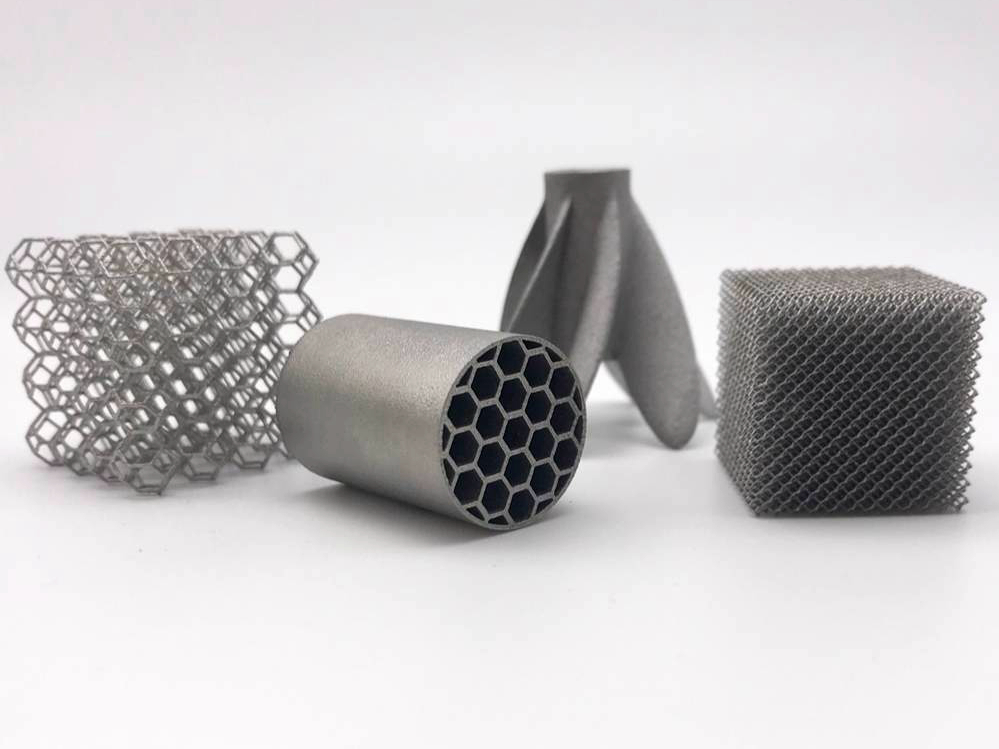What is the typical duration and temperature range required for the heat treatment process?
What Is the Typical Duration and Temperature Range Required for the Heat Treatment Process?
Overview
The duration and temperature range of heat treatment depend on the material type, desired mechanical properties, and the specific process (e.g., stress relief, annealing, aging, quenching, or tempering). For 3D printed metal components produced via SLM, DMLS, or EBM, proper thermal control ensures optimal strength, fatigue life, and dimensional stability.
Common Heat Treatment Types and Parameters
Process Type | Temperature Range | Typical Duration | Purpose |
|---|---|---|---|
Stress Relief Annealing | 500–900°C | 1–3 hours | Reduce residual stress, stabilize shape |
Full Annealing | 700–1100°C | 1–4 hours | Refine grain, improve ductility |
Solution Treatment | 900–1150°C | 1–2 hours | Dissolve alloy phases, homogenize structure |
Aging (Precipitation) | 450–750°C | 4–8 hours | Strengthen via phase precipitation |
Tempering | 200–650°C | 1–3 hours | Adjust hardness and toughness |
Hot Isostatic Pressing | 900–1250°C @ 100–200 MPa | 2–4 hours | Eliminate porosity, improve fatigue life |
Material-Specific Guidelines
Titanium Alloys
Stress relief: 600–650°C for 2 hours
Annealing: 700–800°C for 1–2 hours
HIP: 920°C for 2 hours at 100 MPa
Nickel-Based Superalloys
Solution treatment: 980°C for 1 hour
Aging: 720°C for 8 hours + 620°C for 8 hours
HIP: 1180°C for 3–4 hours under 100 MPa
Tool Steels
Aging: 490°C for 6 hours
Hardening: 1020–1050°C
Tempering: 550–620°C for 2 cycles of 2 hours
Stainless Steels
H900 aging: 482°C for 1 hour
Full annealing: 1040–1100°C for 1–2 hours
Aluminum Alloys
T6-like aging: 160–190°C for 6–10 hours after solutionizing at 510–540°C
Factors That Influence Duration and Temperature
Part geometry: Thick sections require longer soak times for thermal uniformity
Furnace atmosphere: Vacuum or inert gas required for reactive materials like titanium
Tolerance sensitivity: Slower cooling may be needed to minimize warping or distortion
Application requirements: Aerospace and medical standards dictate specific thermal cycles
Recommended Services for Thermal Processing
Neway 3DP delivers precise thermal management through:
Heat Treatment Including aging, annealing, stress relief, and hardening with certified controls
Hot Isostatic Pressing For eliminating porosity and enhancing fatigue and strength performance
CNC Machining For achieving final tolerances after dimensional changes during thermal cycles



